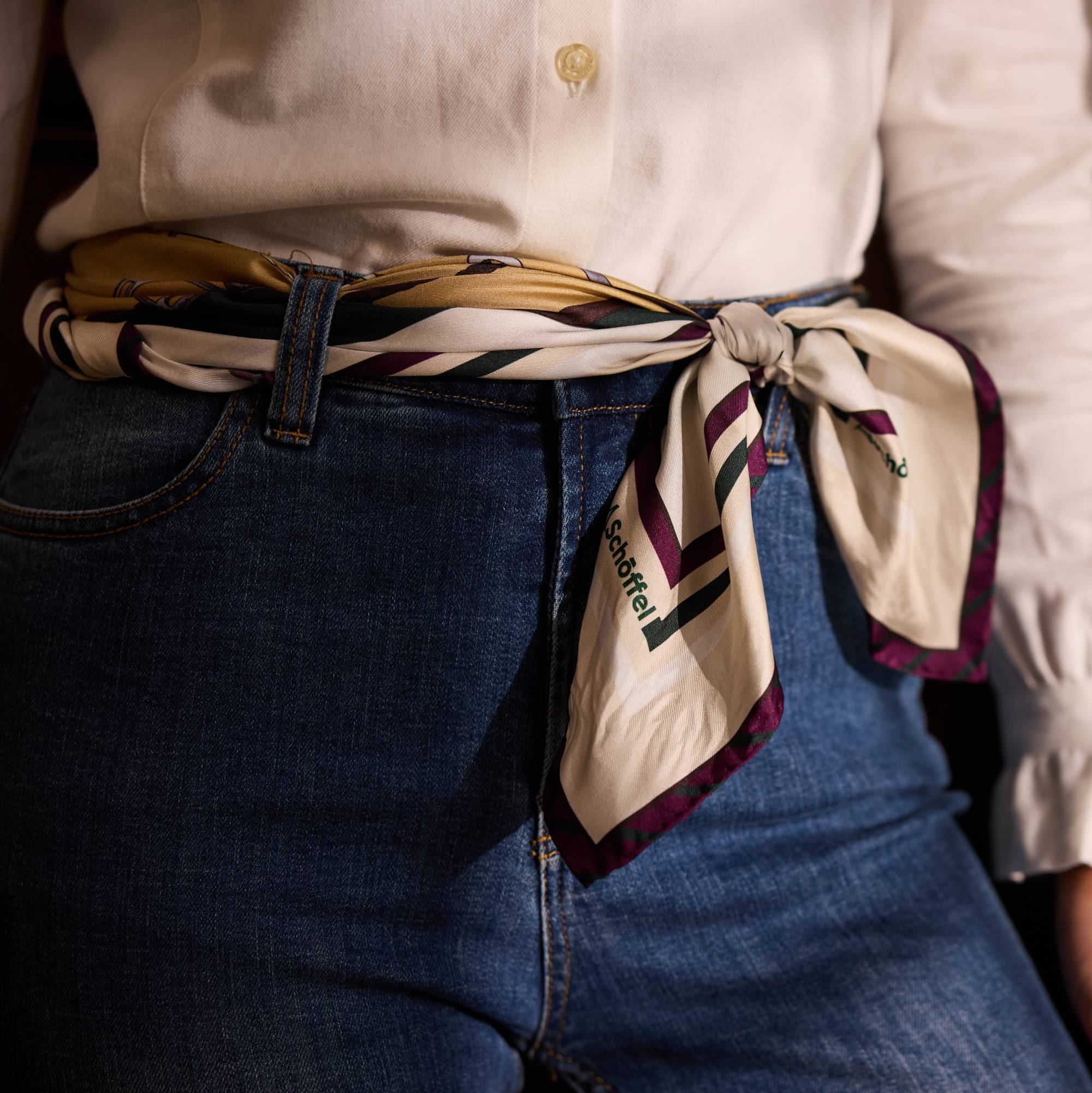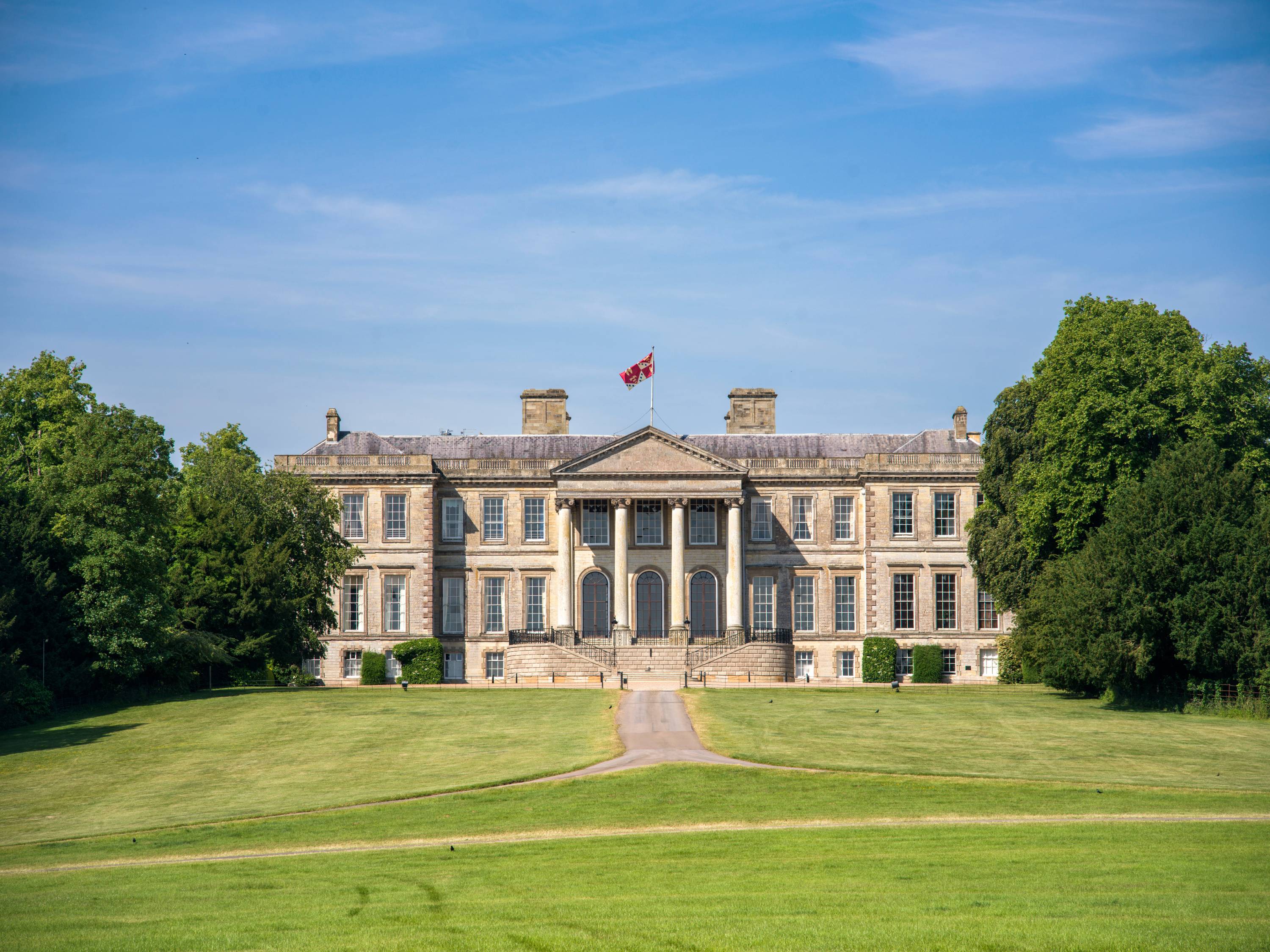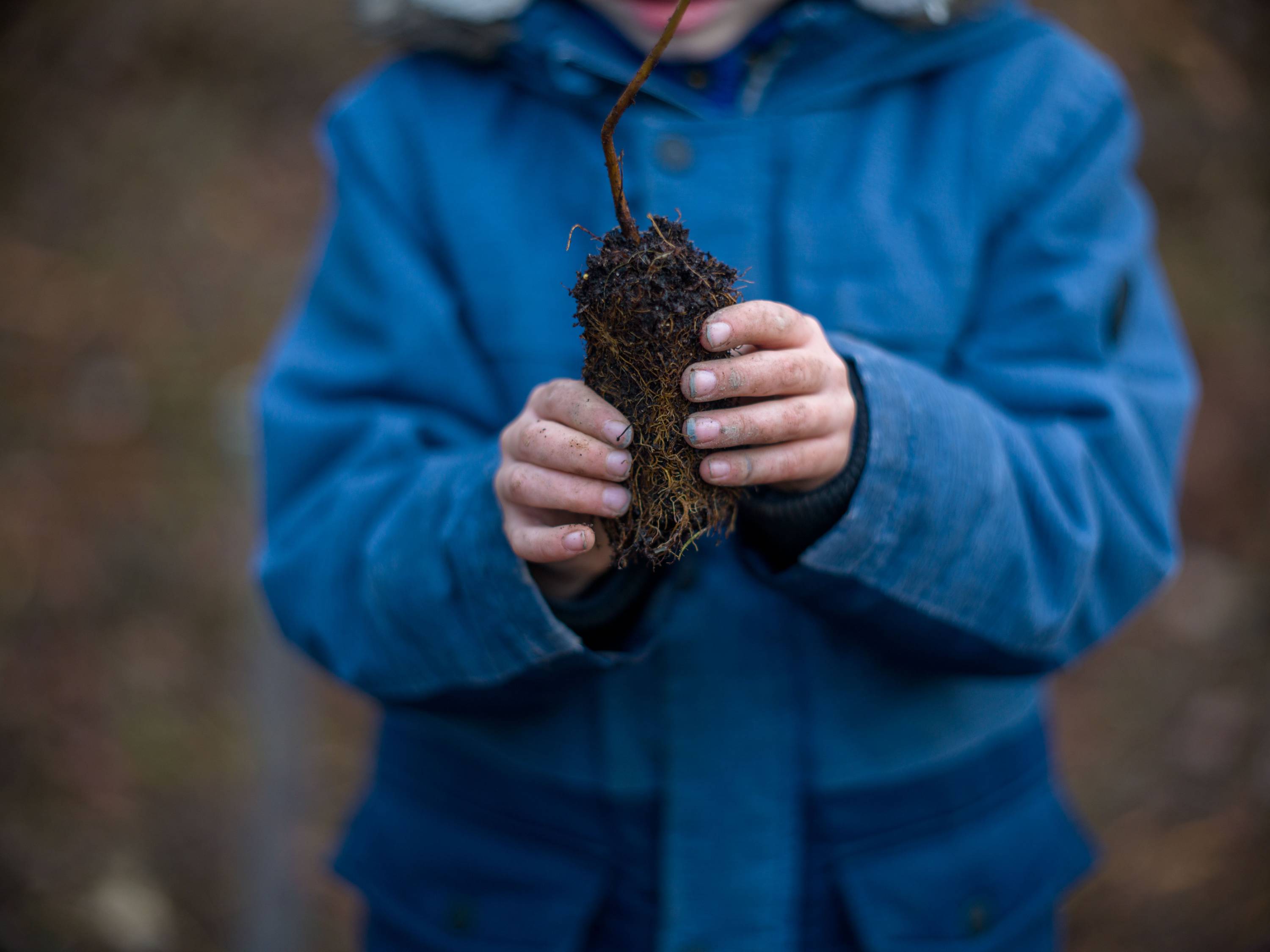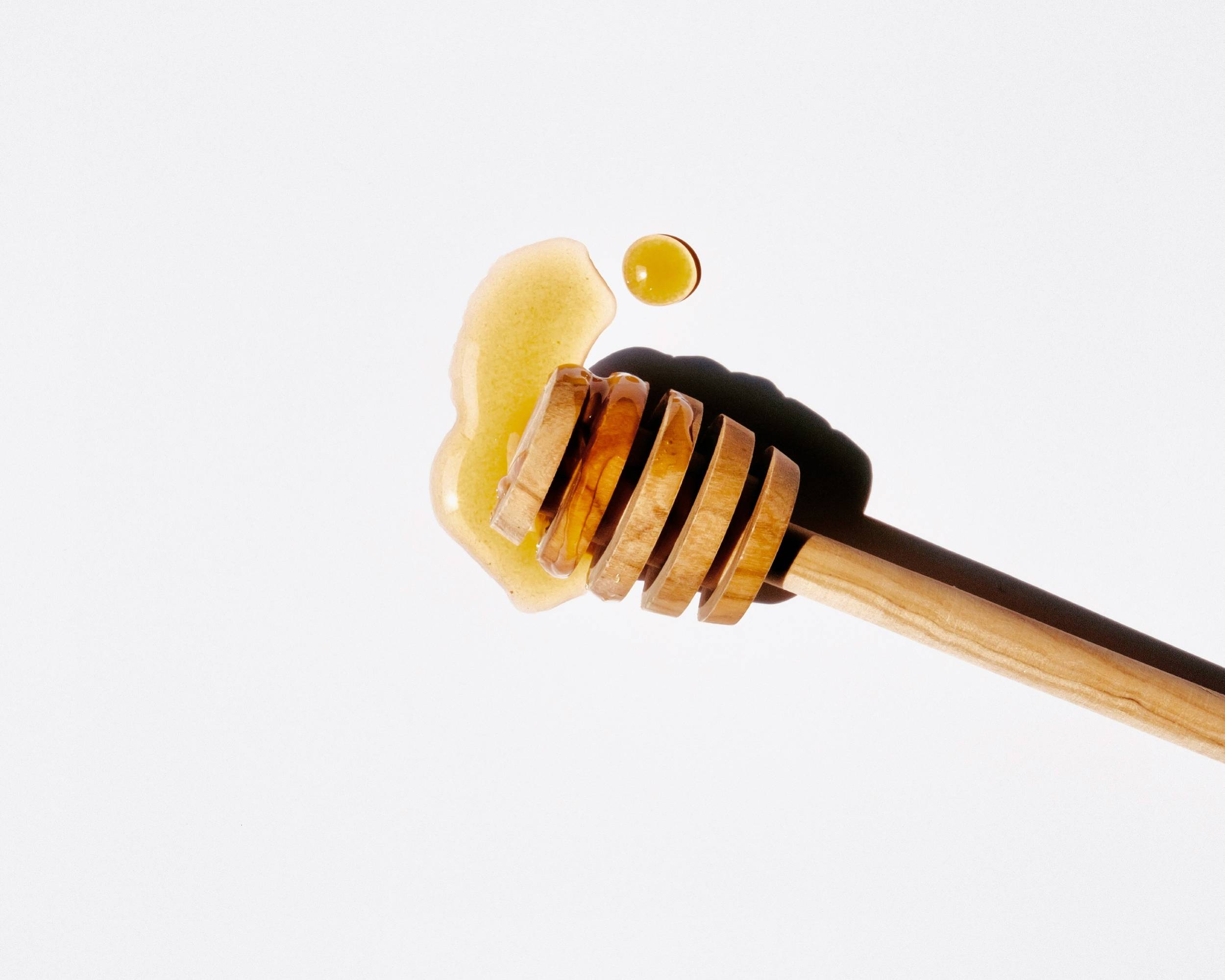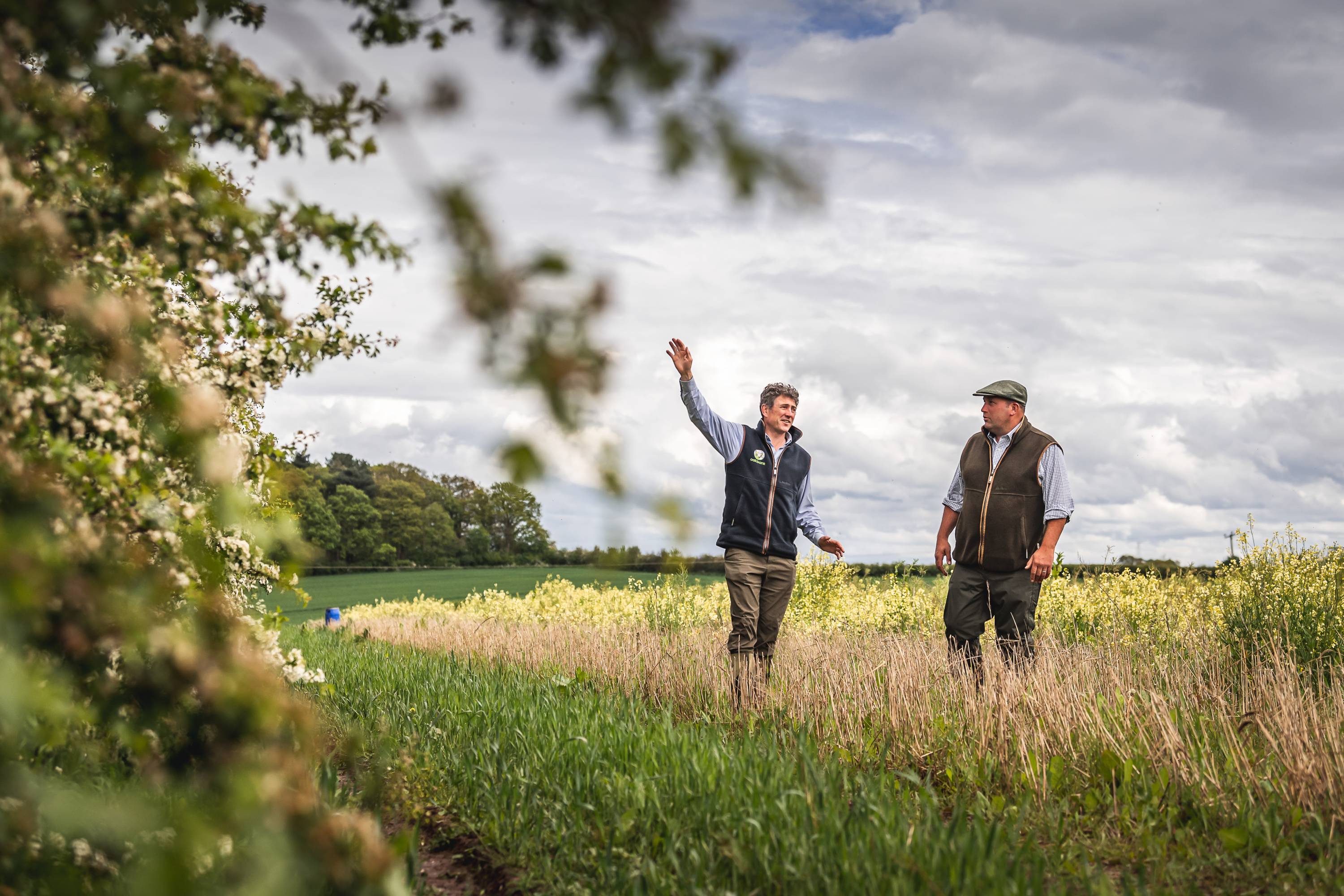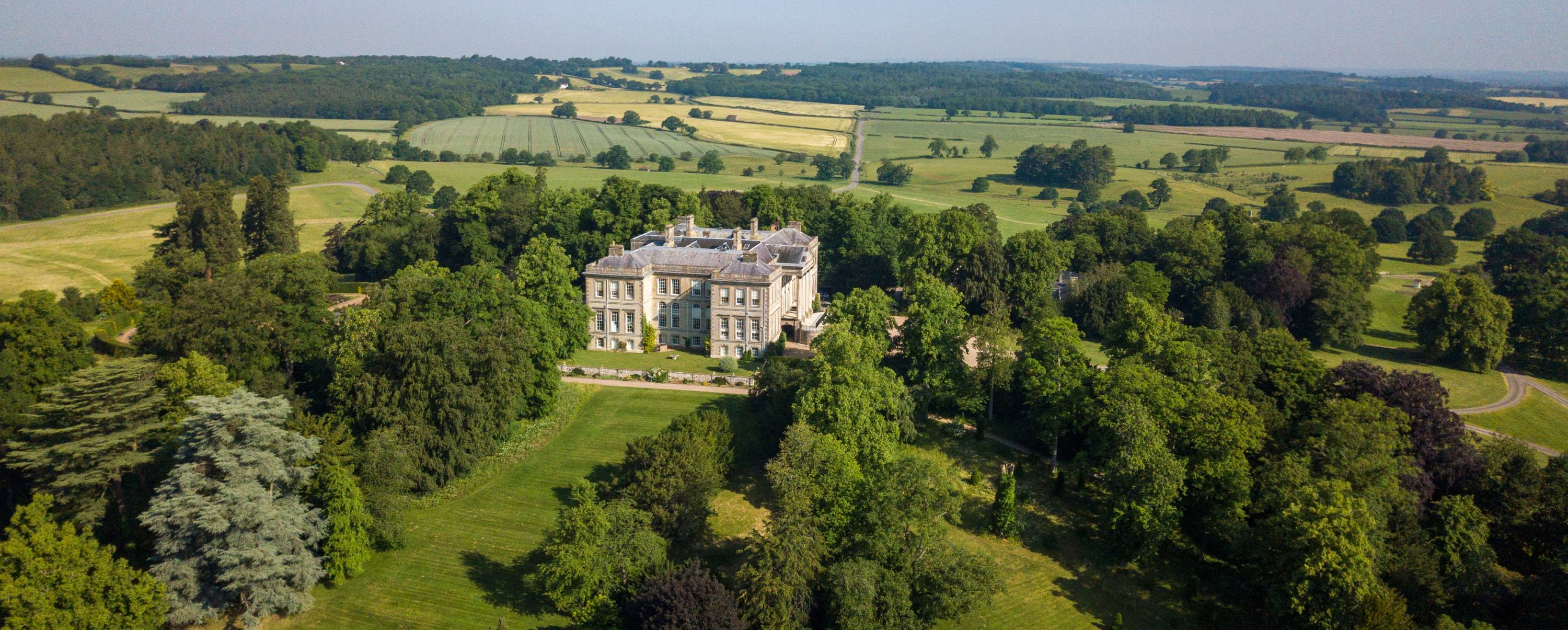
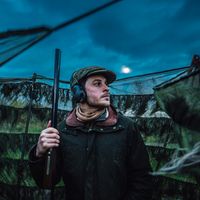
Profile: The Ragley Estate, Warwickshire
The stunning location of our autumn/winter 24 campaign shoot, the Ragley Estate is an impressive example of a diverse enterprise with a focus on responsible land management. We took a closer look at what that entails…
Running a large rural estate in 21st-century Britain is quite the task; there’s much to think about. But, as the team at Ragley in Warwickshire continues to prove, with the right approach and a healthy glug of passion, it can be a very rewarding one, too.
The 5,600-acre home of the 9th Marquess of Hertford has been the ancestral seat of the Seymour family for more than three centuries. Located near the town of Alcester in South Warwickshire, it’s an excellent example of a multifaceted enterprise with responsible land stewardship at its heart.
From food production to architectural heritage, and biodiversity to public access and recreation, a variety of factors contribute to the estate’s holistic nature and influence its management. And that’s one of the reasons we at Schöffel Country were drawn to it as the location for our autumn/winter campaign shoot this year.
Let’s take a closer look…
The hall and gardens
With sweeping views of the surrounding countryside, Ragley Hall itself naturally takes the limelight for most visitors. The 17th-century palladian stately home comprises an array of opulent rooms, staircases, enormous floor-to-ceiling windows and characterful features like secret bookshelf passages, portraits and murals.
Outside, 26 acres of formal gardens which take in a seasonal rose garden look out across the 450 acres of parkland that many visitors to The Game Fair will be familiar with. We can’t forget the charming old block of stables, either – a key location for TV, film and product photoshoots, including our own, they’re still home to several horses that work in timber extraction and pull the occasional carriage.
Other property across the estate is leased to commercial and residential tenants, or used as holiday lets. Reinvestment into these assets to improve energy efficiency – think ground-source heating, insulation from sheep’s wool, and recycled glass – is ongoing.
Sustainable farming
Sustainable farming practices are very important to Lord Hertford. Ragley has a large in-hand arable operation, growing a range of crops including wheat, barley, oilseed rape, oats, borage and grass for winter grazing and silage.
As a LEAF Marque certified farm, while remaining productive and profitable – supplying the likes of Warburtons, Jordans and Wildfarmed – the estate incorporates many elements of regenerative agriculture.
Soil health is a key focus; considered rotations, bi-cropping, direct drilling, and the use of cover crops to manage soil fertility, weeds and bolster biodiversity are all part of proceedings – it’s an approach that reduces the need for heavy machinery and thus compaction and diesel use, too.
Grassland is made up of permanent pasture for sheep, a mix of short-term leys for grazing, and silage on a 2–5-year rotation with arable crops. Herbal leys as part of the Countryside Stewardship Scheme (CSS) also feature – they are uncut for five weeks in June/July to allow herbs and clovers to flower.
Indeed, under CSS, a total of 500 acres are dedicated to a mix of six-metre flower-rich margins around arable fields, pollen and nectar plots, and areas of wild bird seed cover, which provide food and shelter for birds, mammals and insects and help to protect hedgerows and watercourses.
The estate isn’t shy of investing in technology to improve its environmental credentials either; rainwater harvesting, use of food digestate fertiliser, and new grain stores and handling systems to reduce traffic movement, are just a few examples. And through working with LEAF Education, and developing a community engagement programme, it is doing its bit to spread the word and provide others with an insight into its activity. Farm tours are arranged for groups of students, and careers events are hosted on site.
Woodland management
Ragley manages its 550 acres of mixed broadleaf and coniferous woodland with a programme of selective felling and replanting. Hazel, oak, ash, sycamore, cedar, pine and spruce all feature. The harvested timber that isn’t processed in the on-site sawmill, where it might be turned into products that are used on the estate – think fencing stakes, gates, and cladding – is used in the biomass boilers that heat various properties including the hall.
Deer are managed to reduce pressure on woodland habitats; 150 carcasses – primarily fallow – pass through the deer larder between August and April each year. The majority of the venison is then sold less than two miles away through Ragley Estate Butchers at Hillers Farm Shop. They also handle many of the pheasants and partridges shot during the season by the estate’s shooting tenants, and the lamb from the 1,000 or so ewes that graze on the estate or in the parkland either side of the summer events season.
A sense of community
Contributing to the diverse nature of Ragley is a rich array of commercial tenants. Beekeepers, dog groomers, a forest school and horticulturalists join caterers, vegetable growers and the game shoot, on a list of people and businesses who all add something to life on the estate in their own way.
And the estate is always looking for new opportunities that align with its values. That might be a way to celebrate and maintain architectural heritage; it might be the enhancement of the natural environment; it might be the sustainable production of food, or the hosting of events that enable the public to enjoy the hall and the surrounding countryside. One thing is for sure: with such a forward-thinking and progressive approach, here’s one 21st-century estate with a bright future indeed.










